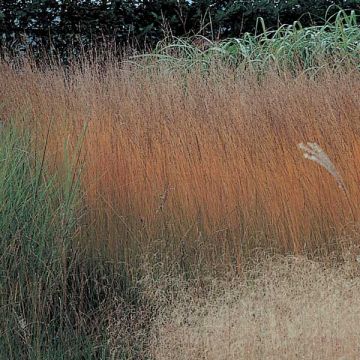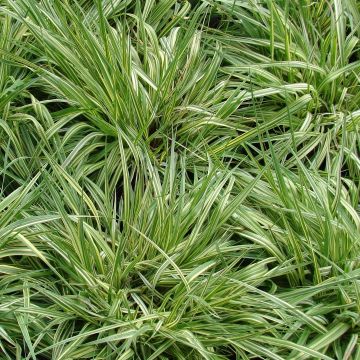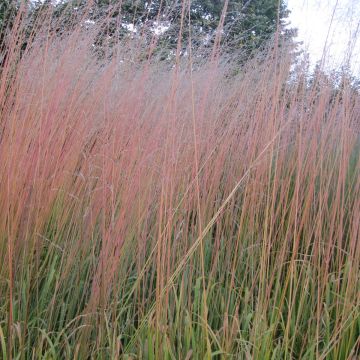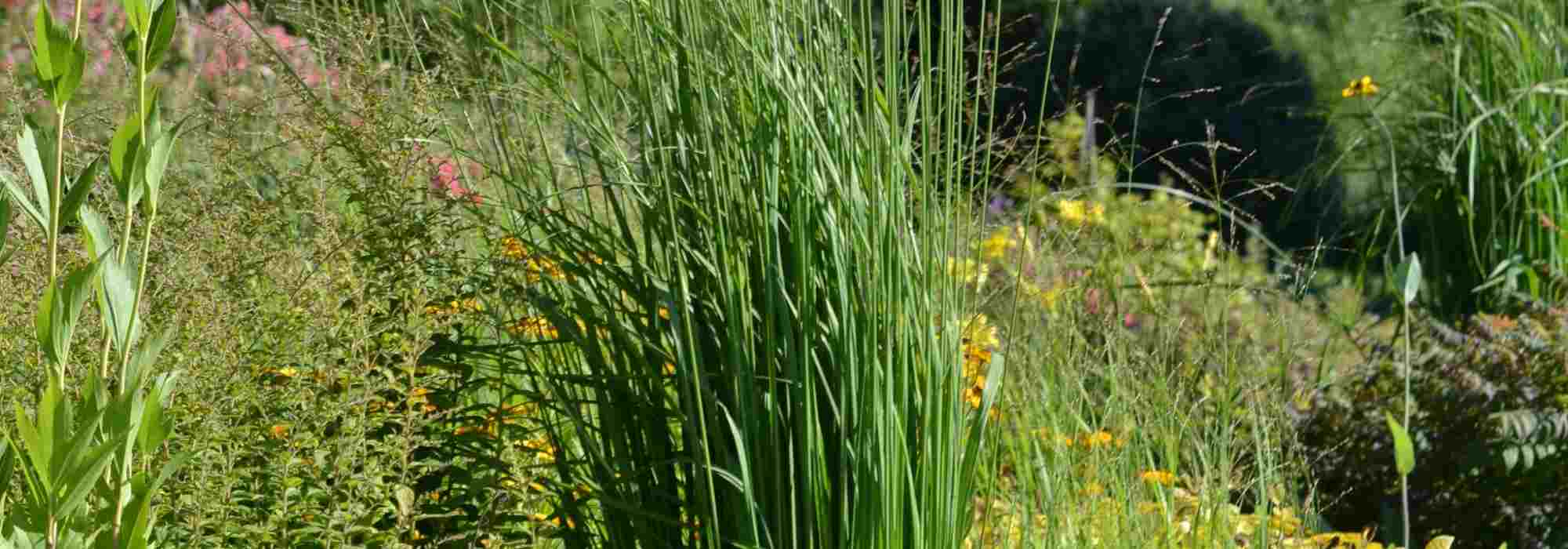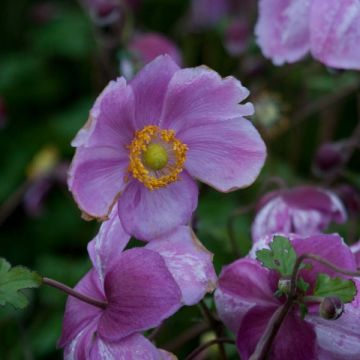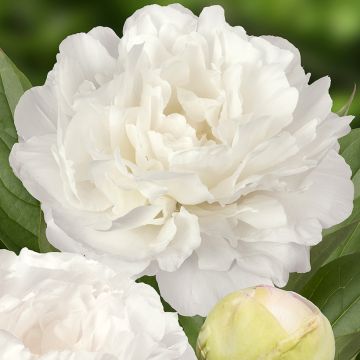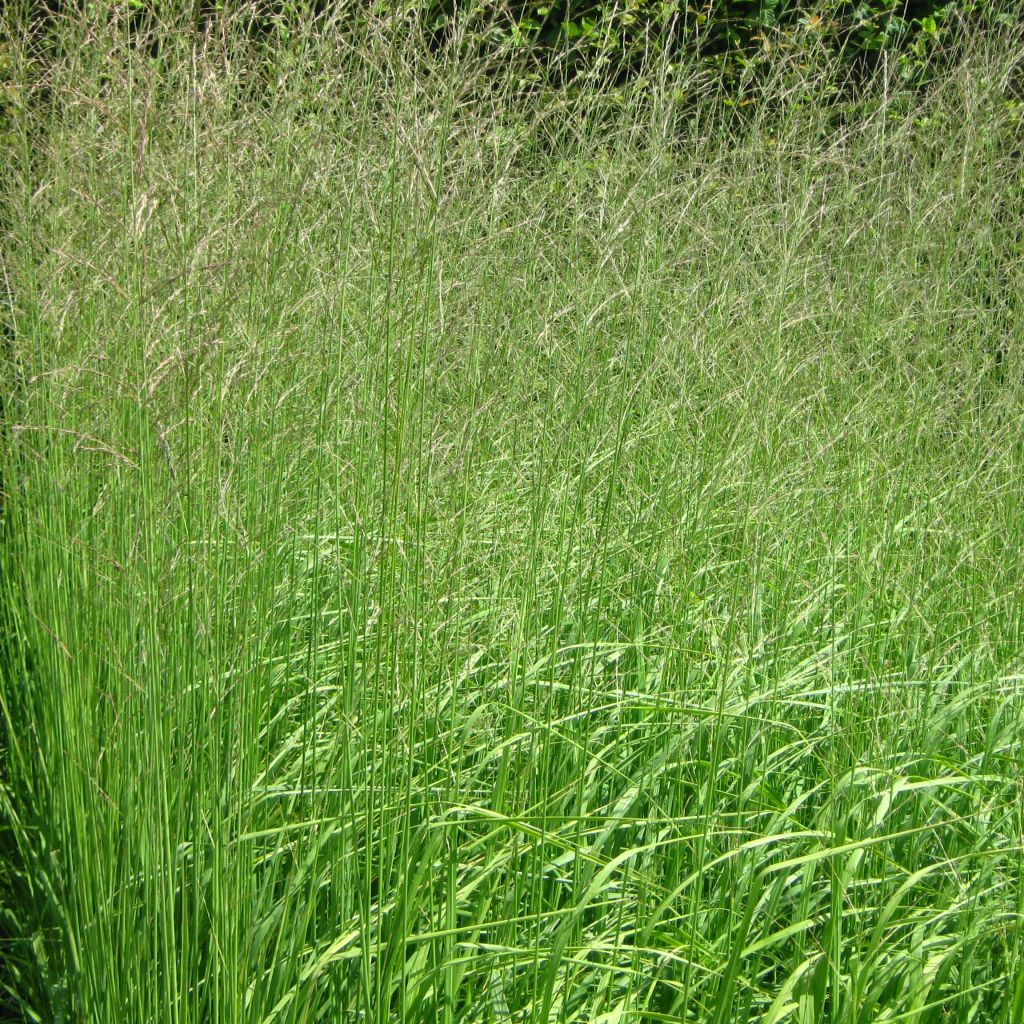

Molinia caerulea subsp. arundinacea Skyracer - Purple Moor-grass
Molinia caerulea subsp. arundinacea Skyracer - Purple Moor-grass
Molinia caerulea subsp. arundinacea Skyracer
Purple Moor-grass, Moor Grass
Beautiful grasses, planted in the spring, have grown very well and now measure over 1.80m tall. Thank you Promesse de Fleurs for your beautiful young plants.
Isabelle, 15/10/2024
Special offer!
Receive a €20 voucher for any order over €90 (excluding delivery costs, credit notes, and plastic-free options)!
1- Add your favorite plants to your cart.
2- Once you have reached €90, confirm your order (you can even choose the delivery date!).
3- As soon as your order is shipped, you will receive an email containing your voucher code, valid for 3 months (90 days).
Your voucher is unique and can only be used once, for any order with a minimum value of €20, excluding delivery costs.
Can be combined with other current offers, non-divisible and non-refundable.
Home or relay delivery (depending on size and destination)
Schedule delivery date,
and select date in basket
This plant carries a 12 months recovery warranty
More information
We guarantee the quality of our plants for a full growing cycle, and will replace at our expense any plant that fails to recover under normal climatic and planting conditions.

Would this plant suit my garden?
Set up your Plantfit profile →
Description
Molinia caerulea subsp. arundinacea 'Skyracer' is a perennial ornamental grass with evergreen foliage and purple spikelets that turn copper to golden in autumn.
This perennial belongs to the Poaceae family. The typical variety grows naturally in heathlands and wet meadows across a wide arc from northern Europe to eastern Siberia. It is also sometimes found in central Europe in wet areas. It is named after the Chilean botanist Juan Ignacio Molina and the blue colour of its inflorescence (caerulea). The sub-variety arundinacea is significantly larger than the caerulea.
The foliage of the 'Skyracer' variety forms a dark green sphere with trailing strips measuring 40 to 60cm (16 to 24in) in length and 100cm (39in) in diameter. From July onwards, it produces long purple panicles at the top of culms that can reach heights of 2m (7ft) or more, which contribute to the overall bristly appearance of the plant. This Molinia reveals its ornamental qualities as the seasons progress. In autumn, the already delicate and airy tuft takes on a copper to golden hue that it retains until the end of January. It grows very quickly, reaching its mature size in 2 to 3 years.
It should be planted in deep, slightly acidic to slightly alkaline, moist soil. It requires little maintenance and can withstand temperatures down to -15°C (5°F). Be careful to keep the collar (where the leaves and roots meet) above ground level when planting. This grass is an asset in a garden, providing colourful masses during the cold season. Whether planted individually or in a group with other smaller grasses such as pennisetum, its highly structural nature should be taken into account. In a small garden, it can serve as a hedge, allowing you to enjoy its height without having to deal with excessive width. As a sculptural plant, it allows you to define different areas within a space while enjoying the effects of texture and movement. Additionally, it has the advantage of controlling soil erosion thanks to its root system.
Clean the tuft and divide it in spring: this is the best time and method of propagation to preserve all the varietal characteristics of this beautiful grass.
Molinia caerulea subsp. arundinacea Skyracer - Purple Moor-grass in pictures




Flowering
Foliage
Plant habit
Botanical data
Molinia
caerulea subsp. arundinacea
Skyracer
Poaceae
Purple Moor-grass, Moor Grass
North Asia
Other Molinia
View all →Planting and care
Easy to grow, it should be planted in deep, slightly acidic to slightly alkaline, moist soil. It requires little maintenance and can withstand temperatures as low as -15°C (5°F). Be careful to keep the collar (where leaves and roots meet) above the ground when planting. Clean the clump and divide it in spring: it is the best time and the best method of propagation to preserve all the characteristic varieties of this beautiful grass.
Planting period
Intended location
Care
Planting & care advice
-
, onOrder confirmed
Reply from on Promesse de fleurs
Similar products
Haven't found what you were looking for?
Hardiness is the lowest winter temperature a plant can endure without suffering serious damage or even dying. However, hardiness is affected by location (a sheltered area, such as a patio), protection (winter cover) and soil type (hardiness is improved by well-drained soil).

Photo Sharing Terms & Conditions
In order to encourage gardeners to interact and share their experiences, Promesse de fleurs offers various media enabling content to be uploaded onto its Site - in particular via the ‘Photo sharing’ module.
The User agrees to refrain from:
- Posting any content that is illegal, prejudicial, insulting, racist, inciteful to hatred, revisionist, contrary to public decency, that infringes on privacy or on the privacy rights of third parties, in particular the publicity rights of persons and goods, intellectual property rights, or the right to privacy.
- Submitting content on behalf of a third party;
- Impersonate the identity of a third party and/or publish any personal information about a third party;
In general, the User undertakes to refrain from any unethical behaviour.
All Content (in particular text, comments, files, images, photos, videos, creative works, etc.), which may be subject to property or intellectual property rights, image or other private rights, shall remain the property of the User, subject to the limited rights granted by the terms of the licence granted by Promesse de fleurs as stated below. Users are at liberty to publish or not to publish such Content on the Site, notably via the ‘Photo Sharing’ facility, and accept that this Content shall be made public and freely accessible, notably on the Internet.
Users further acknowledge, undertake to have ,and guarantee that they hold all necessary rights and permissions to publish such material on the Site, in particular with regard to the legislation in force pertaining to any privacy, property, intellectual property, image, or contractual rights, or rights of any other nature. By publishing such Content on the Site, Users acknowledge accepting full liability as publishers of the Content within the meaning of the law, and grant Promesse de fleurs, free of charge, an inclusive, worldwide licence for the said Content for the entire duration of its publication, including all reproduction, representation, up/downloading, displaying, performing, transmission, and storage rights.
Users also grant permission for their name to be linked to the Content and accept that this link may not always be made available.
By engaging in posting material, Users consent to their Content becoming automatically accessible on the Internet, in particular on other sites and/or blogs and/or web pages of the Promesse de fleurs site, including in particular social pages and the Promesse de fleurs catalogue.
Users may secure the removal of entrusted content free of charge by issuing a simple request via our contact form.
The flowering period indicated on our website applies to countries and regions located in USDA zone 8 (France, the United Kingdom, Ireland, the Netherlands, etc.)
It will vary according to where you live:
- In zones 9 to 10 (Italy, Spain, Greece, etc.), flowering will occur about 2 to 4 weeks earlier.
- In zones 6 to 7 (Germany, Poland, Slovenia, and lower mountainous regions), flowering will be delayed by 2 to 3 weeks.
- In zone 5 (Central Europe, Scandinavia), blooming will be delayed by 3 to 5 weeks.
In temperate climates, pruning of spring-flowering shrubs (forsythia, spireas, etc.) should be done just after flowering.
Pruning of summer-flowering shrubs (Indian Lilac, Perovskia, etc.) can be done in winter or spring.
In cold regions as well as with frost-sensitive plants, avoid pruning too early when severe frosts may still occur.
The planting period indicated on our website applies to countries and regions located in USDA zone 8 (France, United Kingdom, Ireland, Netherlands).
It will vary according to where you live:
- In Mediterranean zones (Marseille, Madrid, Milan, etc.), autumn and winter are the best planting periods.
- In continental zones (Strasbourg, Munich, Vienna, etc.), delay planting by 2 to 3 weeks in spring and bring it forward by 2 to 4 weeks in autumn.
- In mountainous regions (the Alps, Pyrenees, Carpathians, etc.), it is best to plant in late spring (May-June) or late summer (August-September).
The harvesting period indicated on our website applies to countries and regions in USDA zone 8 (France, England, Ireland, the Netherlands).
In colder areas (Scandinavia, Poland, Austria...) fruit and vegetable harvests are likely to be delayed by 3-4 weeks.
In warmer areas (Italy, Spain, Greece, etc.), harvesting will probably take place earlier, depending on weather conditions.
The sowing periods indicated on our website apply to countries and regions within USDA Zone 8 (France, UK, Ireland, Netherlands).
In colder areas (Scandinavia, Poland, Austria...), delay any outdoor sowing by 3-4 weeks, or sow under glass.
In warmer climes (Italy, Spain, Greece, etc.), bring outdoor sowing forward by a few weeks.
































